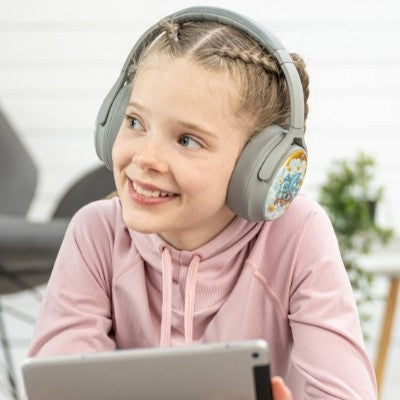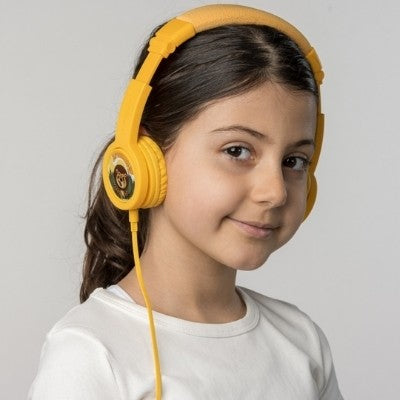BPA-FREE WITH BUDDYPHONES!
We’re pretty sure most of you have heard of BPA, but many of us are still confused about what exactly it is that’s so bad about it. Simply put, BPA or bisphenol-A is a synthetic compound used in hard plastic and coatings of food and drink cans. BPA is used to make many products we use everyday such as water bottles, baby bottles, sippy cups, sports equipment, dental devices, CD’s, eyeglass lenses, household electronics and many other things.
BPA can behave in a similar way to estrogen and other hormones in the human body, and can lead to health problems. Due to its estrogen-like shape, BPA can bind to estrogen receptors and influence bodily processes, such as growth, cell repair, fetal development, energy levels and reproduction. In addition, BPA may also have the ability to interact with other hormone receptors, altering their function. Your body is sensitive to changes in hormone levels, which is the reason why BPA’s ability to mimic estrogen is believed to affect your health. Babies and young children are said to be especially sensitive to the effects of BPA.

The possible health effects of BPA on humans are reproductive disorders, male impotence, high blood pressure, heart disease, type 2 diabetes, obesity, problems with brain function, memory and learning, reduced chemotherapy treatment efficiency, increase in breast cancer risk and increasing asthma rates. Recent reports suggest that BPA could cause behavioral changes in babies or contribute to early onset of puberty in girls. BPA has also been linked to several other health problems.
BPA is believed to be especially dangerous to women as recent evidence suggests that it’s toxic to women’s ovaries, and can cause abnormal reproductive development and lead to infertility. As well as being harmful to a woman’s reproductive system, there is also evidence suggesting that exposure can cause issues for unborn children during pregnancy. Mother’s with higher levels of BPA had children with decreased lung function.
Experts say the main source of human BPA exposure is from bisphenol A, leached from the plastic lining of canned foods. One study found that BPA levels can rise by two-thirds if people drink from polycarbonate bottles. A breastfed baby for example, will have much lower levels of BPA compared to a bottle-fed baby. Additionally, the World Health Organization (WHO) reported that BPA levels in breastfed babies were up to 8 times lower than those measured in babies fed liquid formula from BPA-containing bottles. The diet is by far the biggest source of BPA for humans, particularly packaged foods and canned foods.
There are several ways to significantly reduce your exposure to BPA from the diet and environment. Those wishing to reduce BPA exposure should avoid packaged foods, not eat or drink canned foods and drinks unless the labeling says it’s BPA free. Drink from glass bottles, instead of plastic ones. Stay away from products containing BPA. Be selective with toys and make sure that plastic toys and products you buy for your children are made from BPA free material, especially for products your little ones are likely to chew or put in their mouths.
At onanoff we believe being responsible means doing what is right. Every day we work to earn consumers’ trust by creating the best quality products that are safe for all to use. We value the trust that parents and children have in our product and since the very beginning we have ensured that our products are non-toxic and safe. It is extremely important to us to provide kids with safe, reliable, BPA-free products and we take great pride in keeping our BuddyPhones free from BPA. Keeping kids safe is what BuddyPhones is all about.









Leave a comment